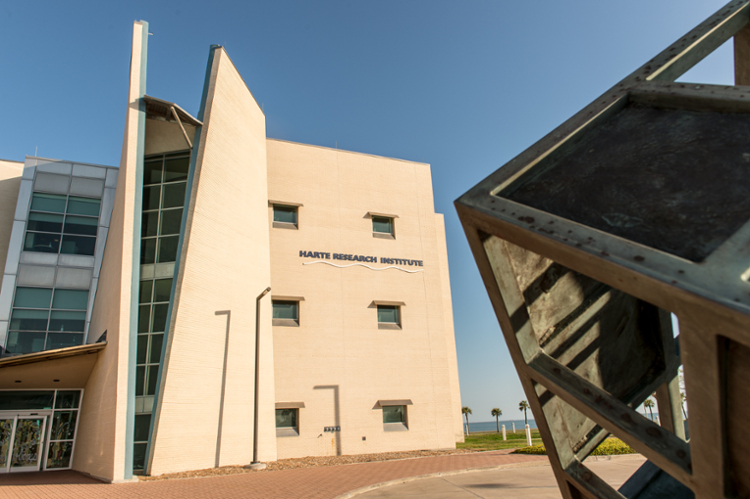TAMU-CC Researchers add Perspective to Recent COVID-19 Outbreak in Coastal Bend
CORPUS CHRISTI, Texas – With COVID-19 cases surging past 200 this week across the Coastal Bend, researchers at Texas A&M University-Corpus Christi are looking at how the specific outbreaks have been handled and what everyone can do to help contain the spread of the virus.
The localized outbreaks at a meat-packing plant and halfway house that drove the weekly increase were addressed quickly, and rapid testing of employees and others helped officials work to contain the outbreak.
“It’s really important to commend these two institutions,” said Dr. Chris Bird, Associate Professor of Biology at Texas A&M-Corpus Christi. “Rapid testing of employees and those directly affected will help a lot in containing these outbreaks.”
Bird said leaders of businesses or other organizations who believe an outbreak may be happening should quickly involve local agencies so flare-ups of the virus can be quickly contained.
Bird and others on the research team, part of a joint task force, gave an update on the COVID-19 situation at a regular weekly presentation today to Corpus Christi City and Nueces County leaders.
The presentation noted the acceleration of cases this week has resulted in Nueces County now gaining in the total number of cases per capita when compared to Bexar County. Last week, Bexar County had three times as many cases per capita as Nueces County but that number has now dropped to 2.5 times as many cases as in Nueces County.
“COVID-19 is here in the Coastal Bend for sure,” Bird said, “and our models show that it is spreading.”
But the jump in new cases has not resulted in a big change in the transmission rate in the Coastal Bend.
“It’s important to note that the outbreaks result in increased numbers of infectious people but do not necessarily affect the transmission rate,” Bird said. That rate is currently estimated to be at 1.4, which means each infected person likely infects 1.4 other people per week with current preventative measures in place. At that pace, the Coastal Bend should have adequate hospital capacity as infections continue to rise over the next month. Any higher rate, though, could surpass the capacity of hospitals here.
“This is something we need to keep a close eye on,” Bird said of the rate of transmission. “We need to continue wearing masks and we need to identify loopholes in our social distancing policy and close those loopholes.”
One concern is the significant increase in encounters between Coastal Bend residents as measured by cell phone data. Significant spikes in that data over the past weekend may result in a spike in infections in 7-14 days when people who became infected because of increased contact start to show symptoms and seek medical attention. The cell phone data, which cannot be traced back to individual users, illustrates the daily number of human-human contacts outside of the home.
As during past presentations, the researchers showed three scenarios that predicted the outcomes if various levels of preventative measures were taken, with a strong second wave of COVID-19 infection anticipated if all precautions are ended, and lesser levels of infection predicted depending on more stringent protective measures.
The researchers reminded the community of several steps that can be taken to limit individuals’ exposure to the virus and help reduce the possibility of transmission to others. They include wearing a mask as recommended by the Centers for Disease Control; stay at home if you can; self-isolate when experiencing symptoms; more testing capacity and contact tracing to identify infection and enable isolation of infectious people; the development of new treatments to mitigate the effects of COVID-19; and the possibility that summer weather conditions may help reduce transmission, although this has not yet been proven as a deterrent to this particular virus.
The team’s presentations and findings can be seen on a special dashboard: https://www.conradblucherinstitute.org/covid19.

